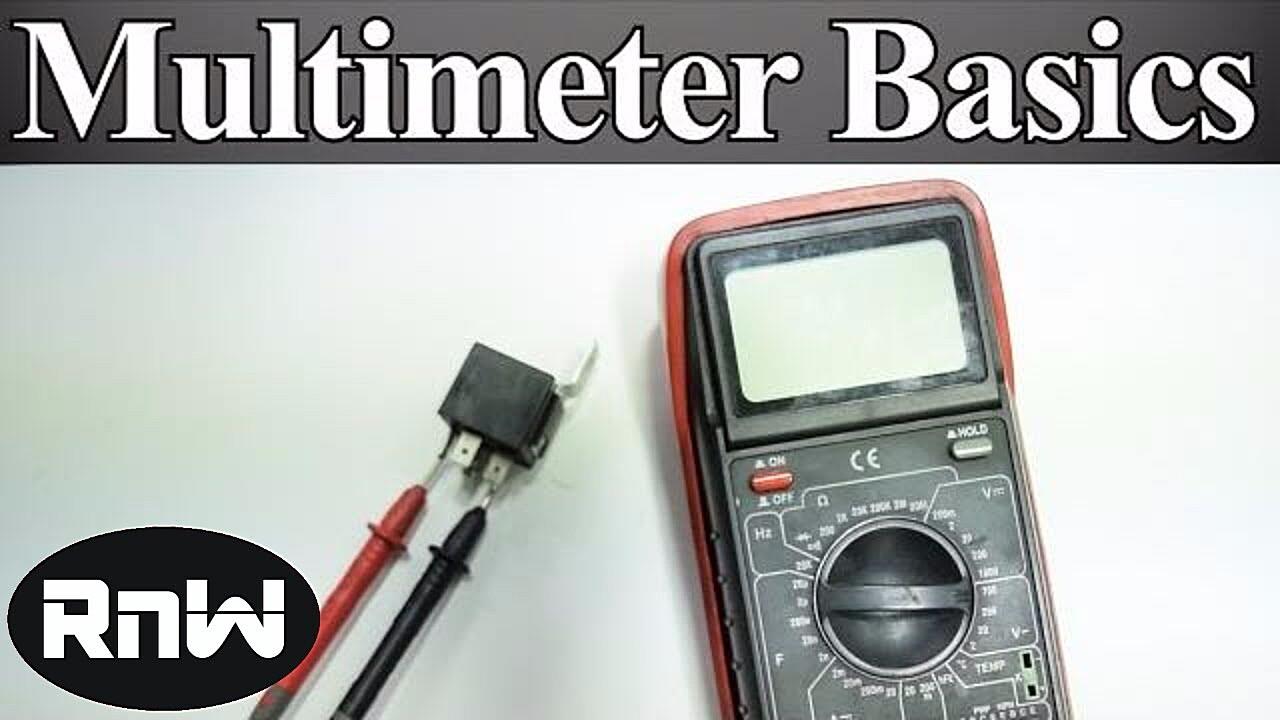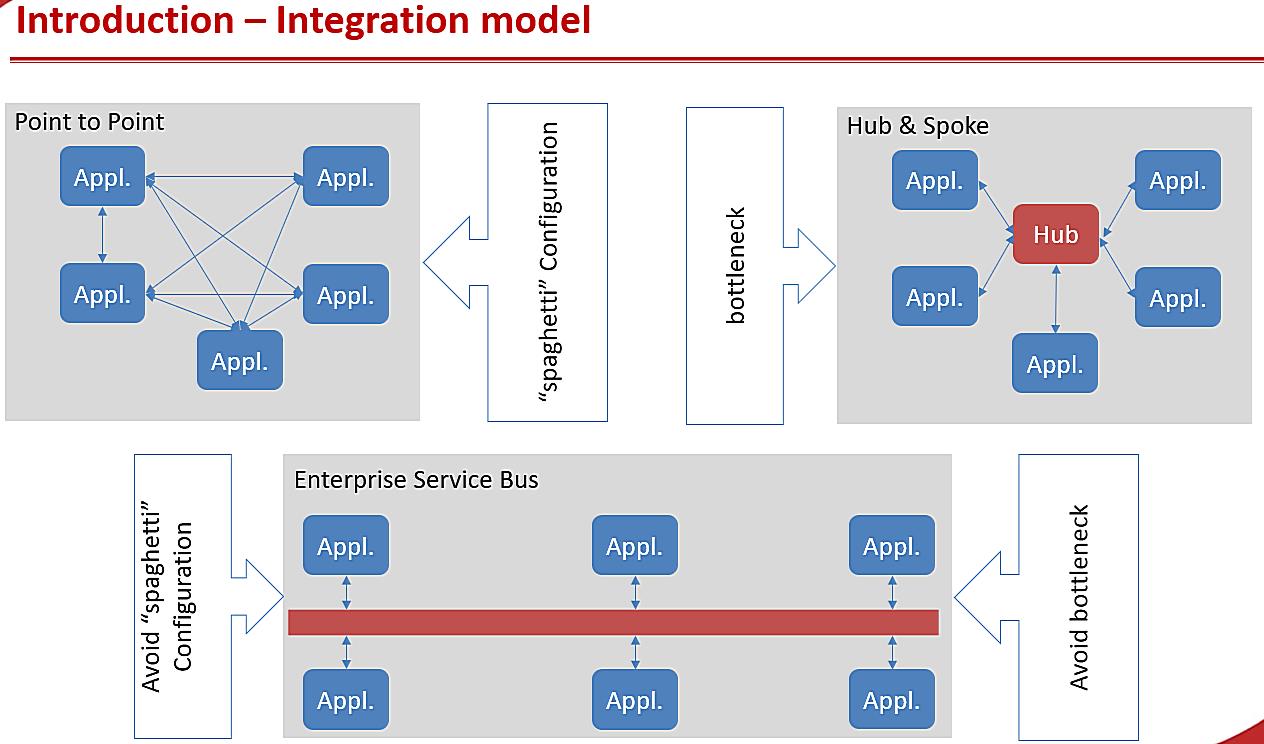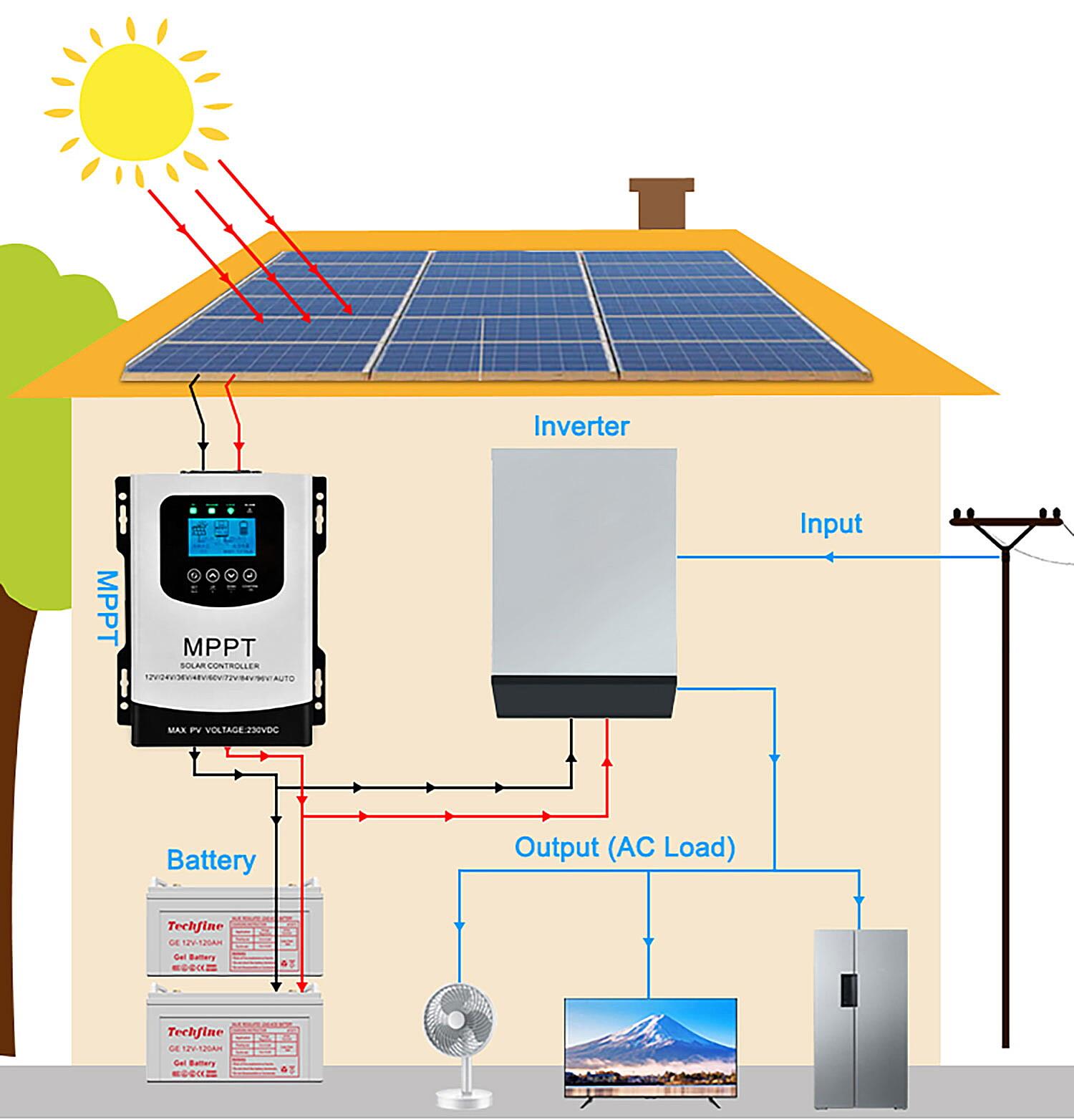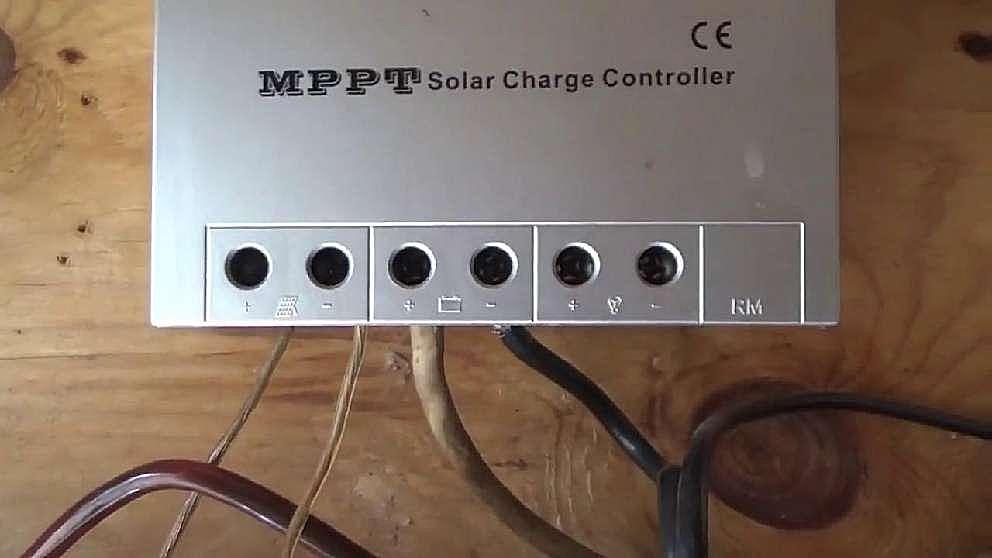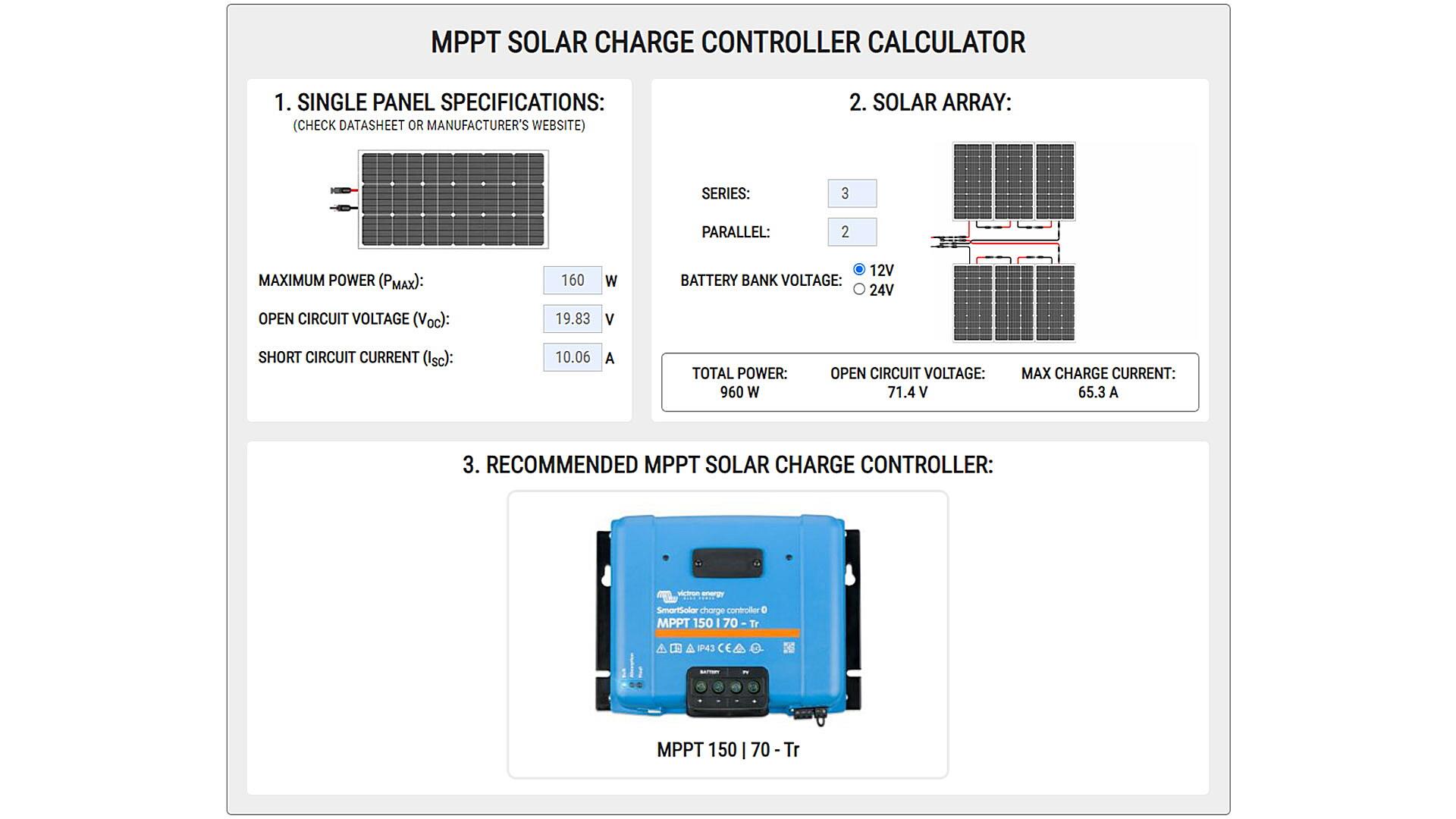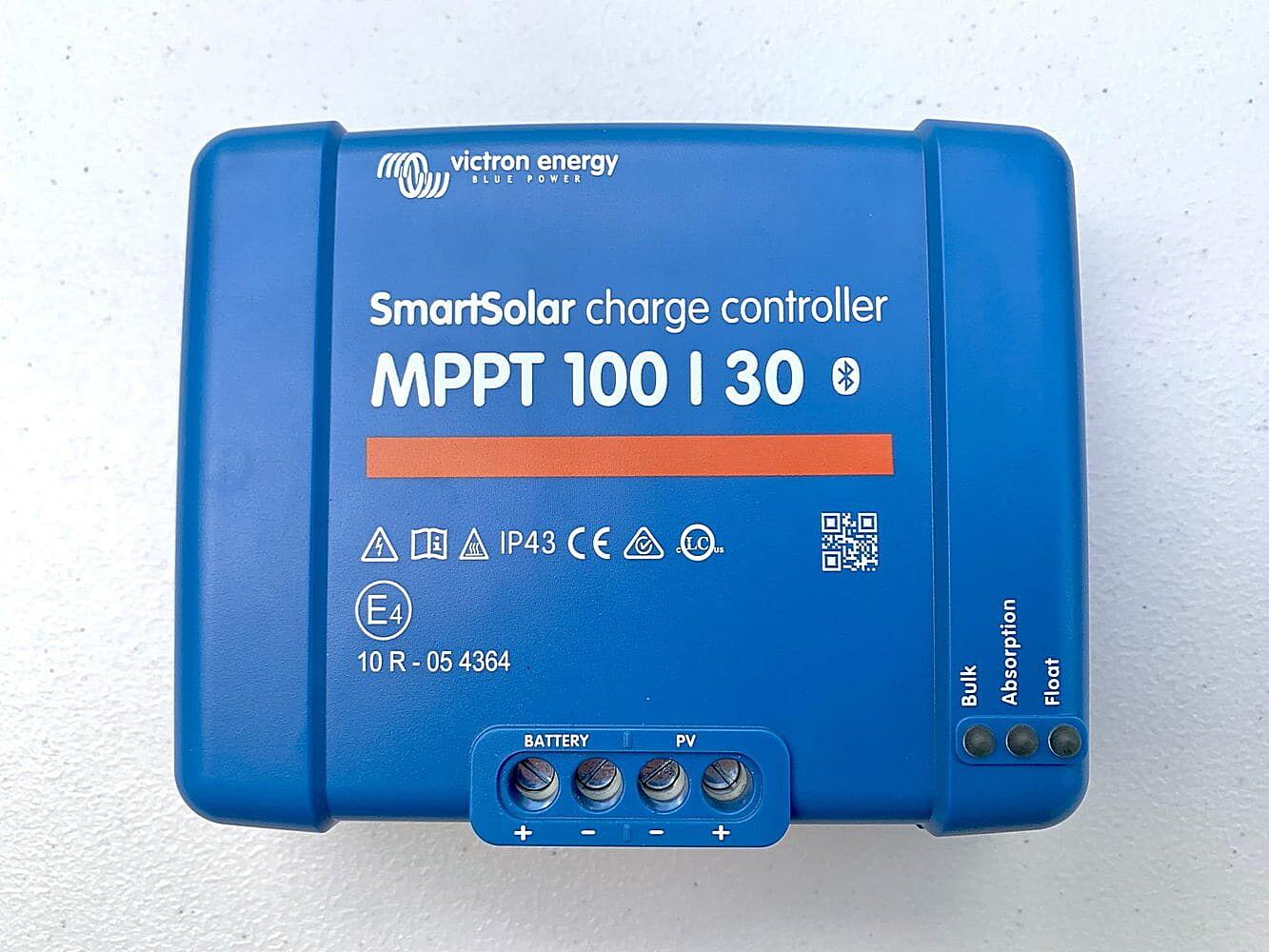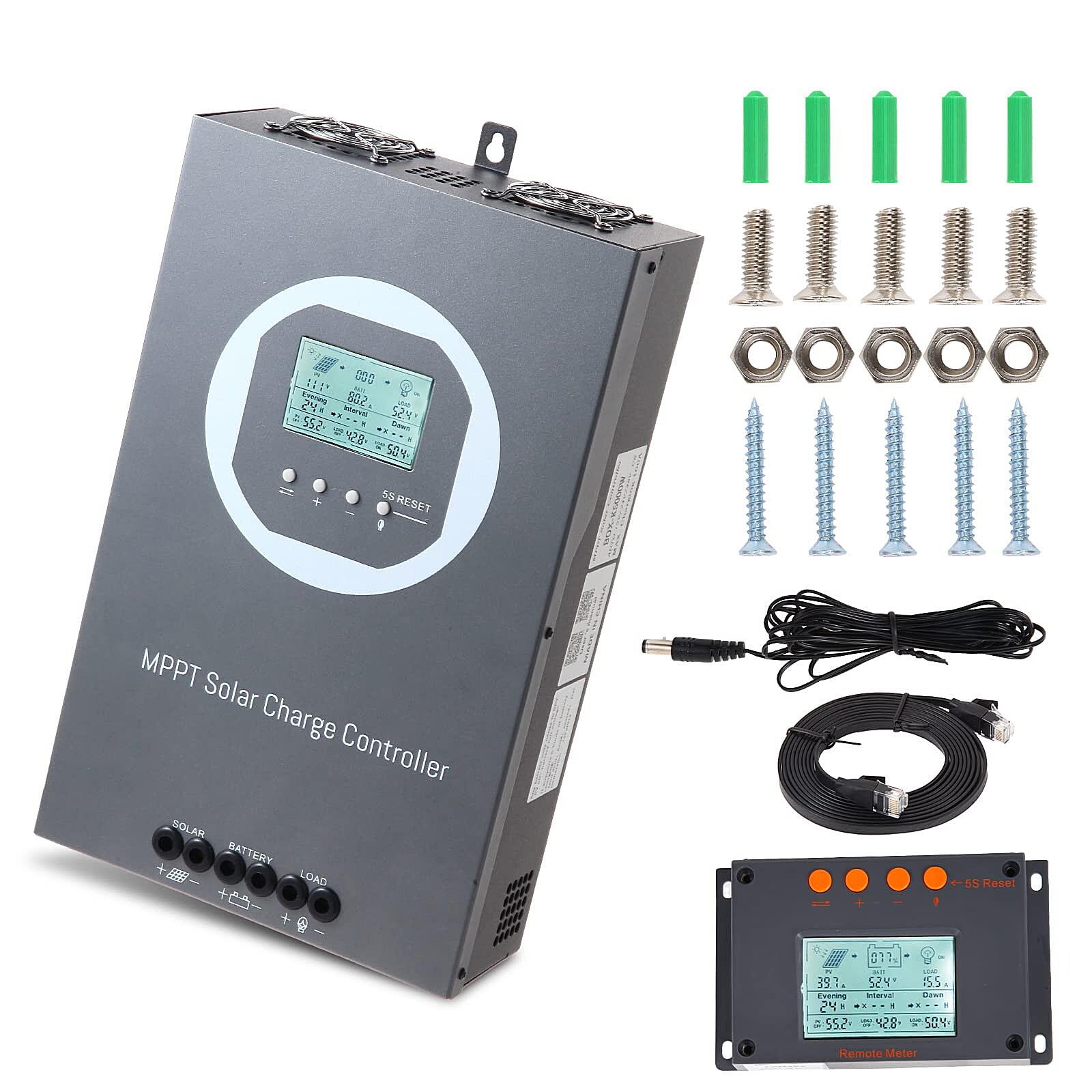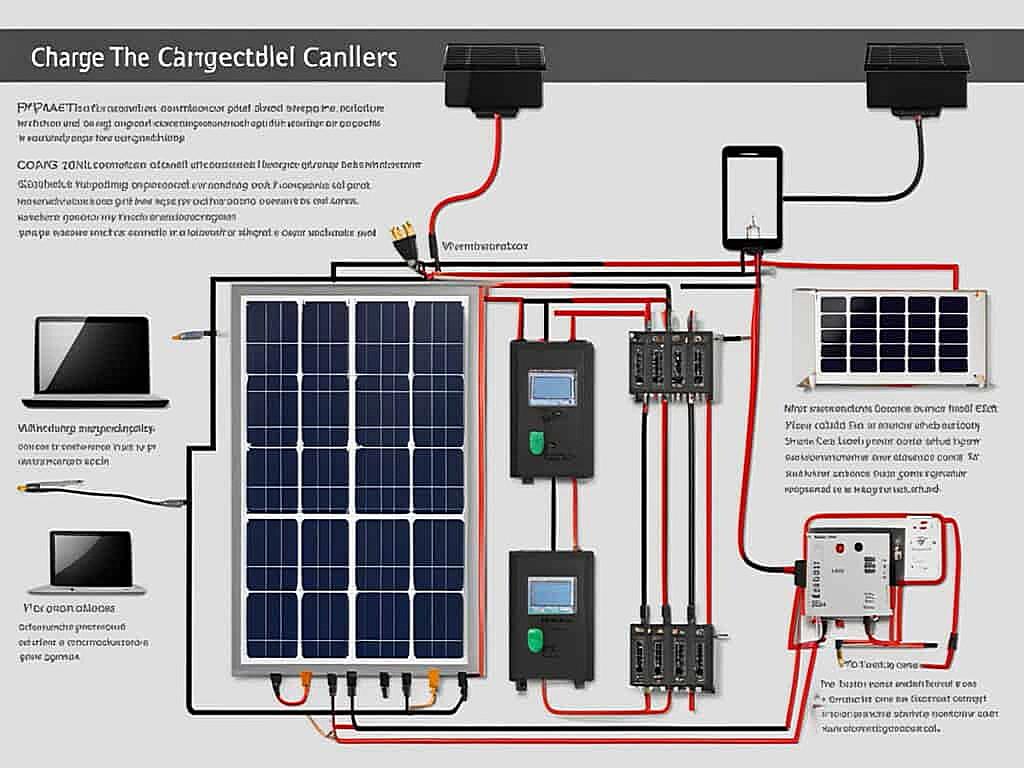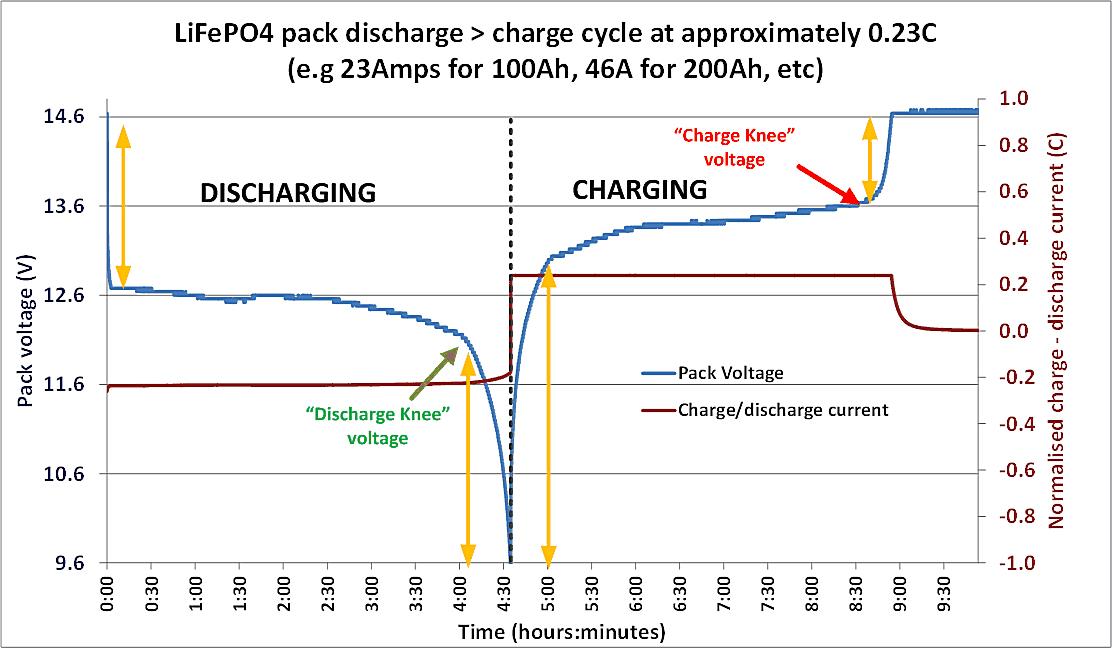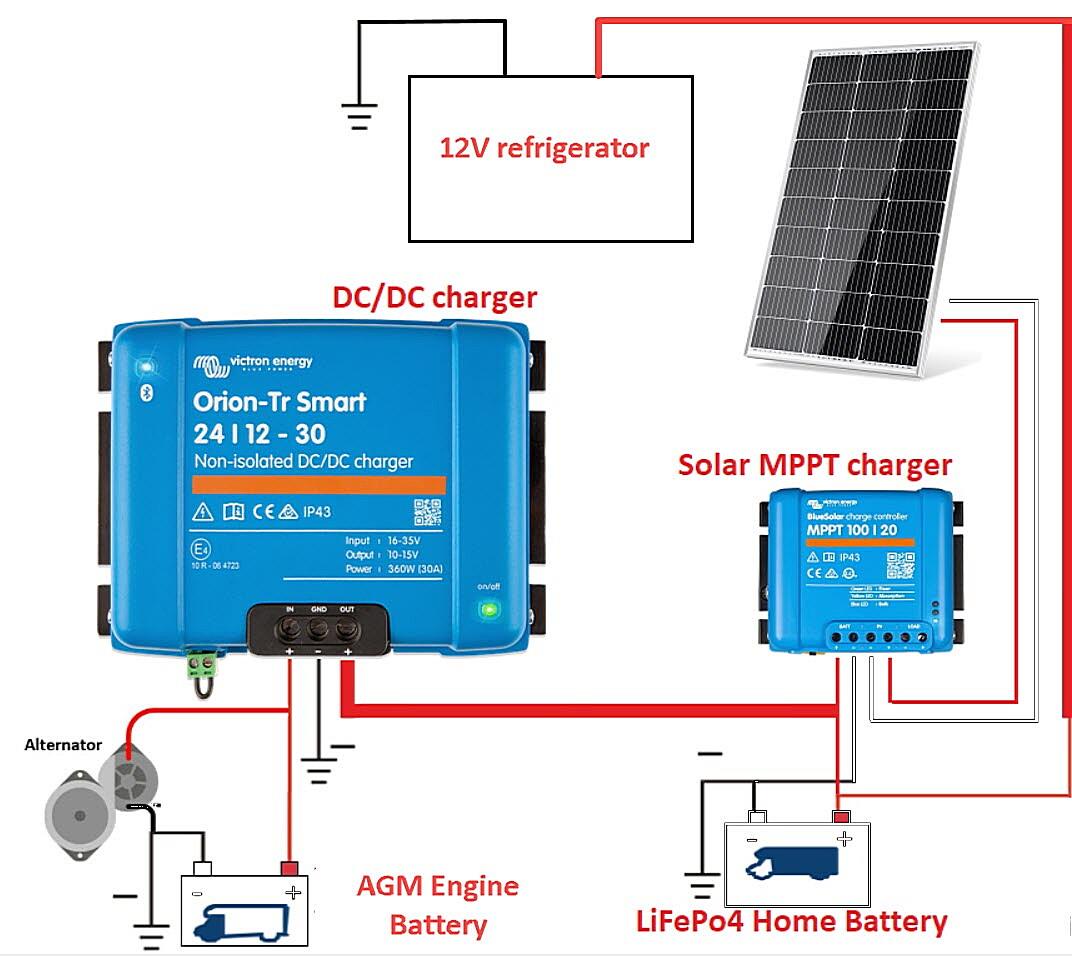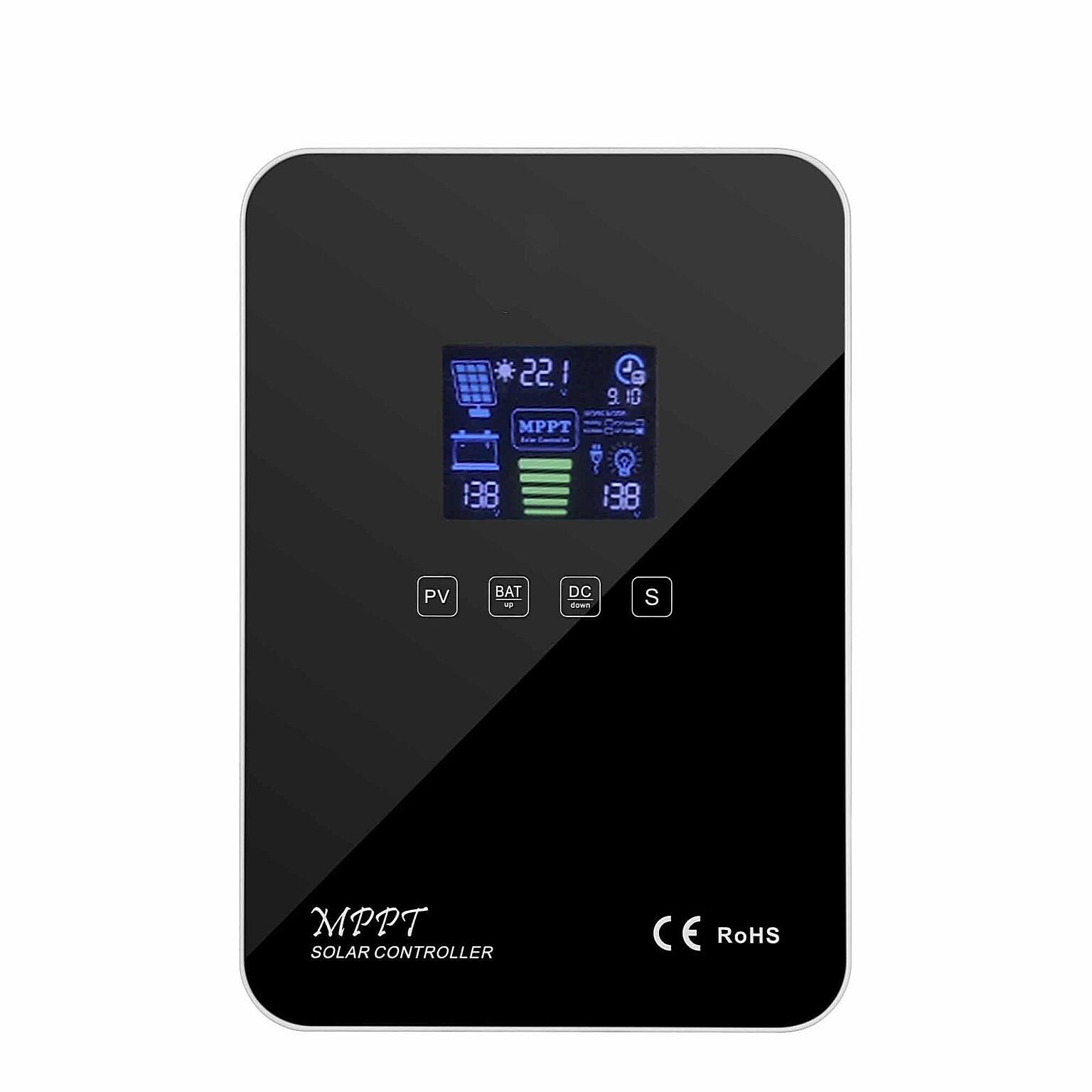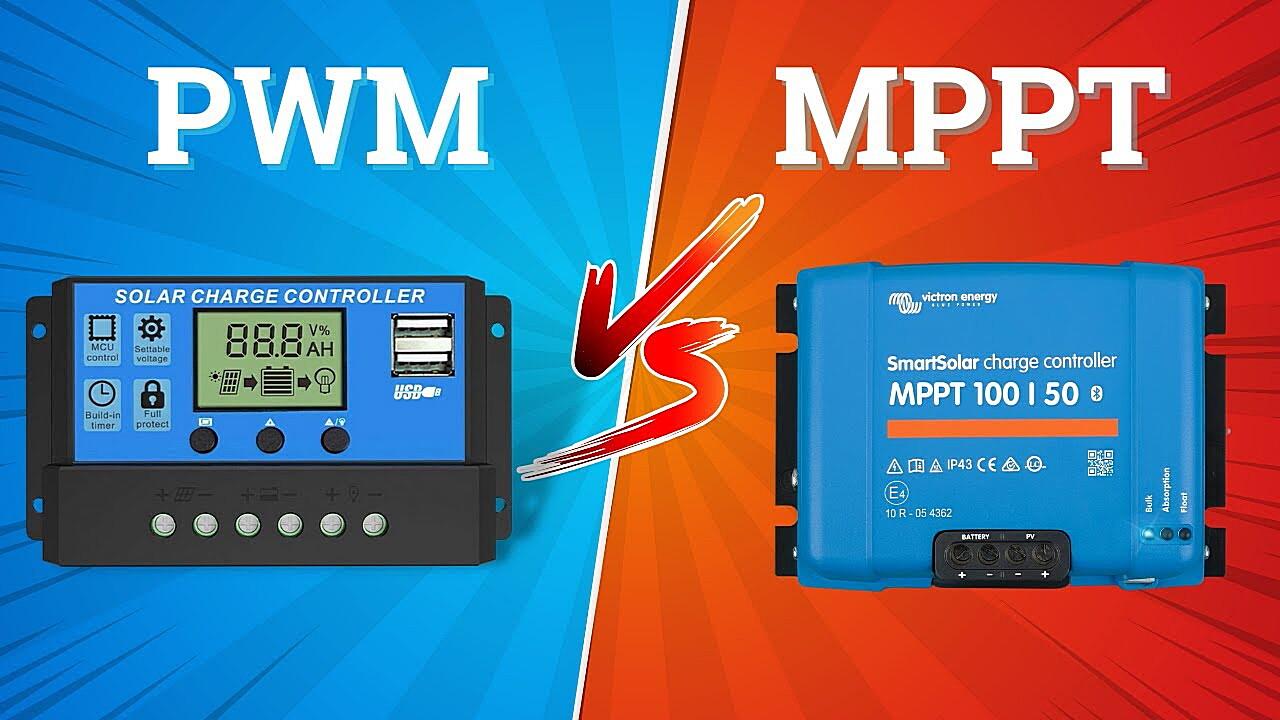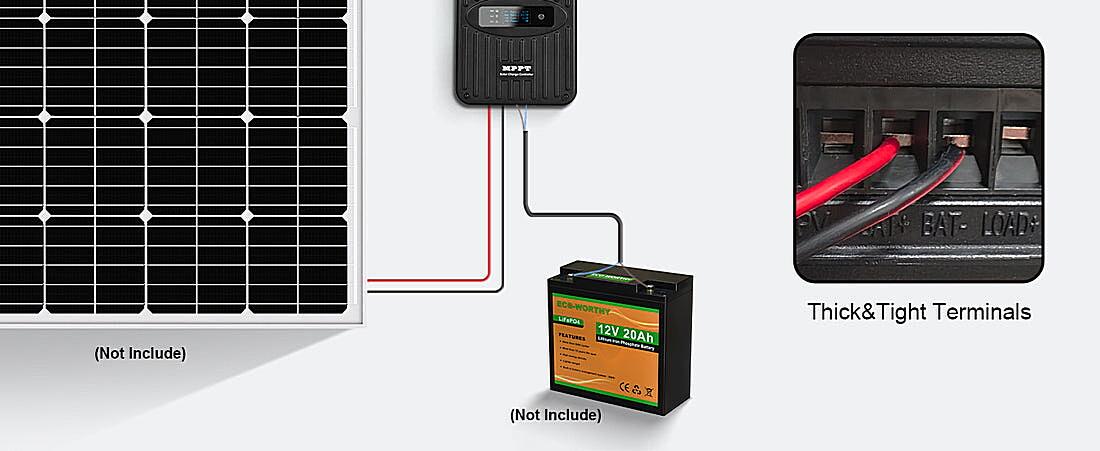You May Also Like :
Unlocking Solar Power
1. The Solar Charge Controller Question
So, you’re diving into the world of solar power? Awesome! It’s a fantastic way to generate clean energy and maybe even save some money on your electricity bill. But then you start hearing about all these different components — solar panels, batteries, inverters, and charge controllers. Suddenly, things get a bit more complicated. One question that often pops up is: “Do I really need an MPPT charge controller?” Let’s break it down in plain English, so you can make the right decision for your solar setup.
Think of a charge controller as the traffic cop for your solar power system. Its main job is to regulate the voltage coming from your solar panels before it reaches your batteries. Batteries are a bit sensitive, you see. Overcharge them, and you risk damaging them (or worse!). Don’t charge them enough, and you’re not getting the most out of your system. That’s where the charge controller steps in, ensuring your batteries get just the right amount of juice.
Now, there are two main types of charge controllers: PWM (Pulse Width Modulation) and MPPT (Maximum Power Point Tracking). PWM controllers are generally cheaper, but MPPT controllers are more efficient. The big difference lies in how they handle the voltage conversion. A PWM controller essentially forces the solar panel voltage down to match the battery voltage. An MPPT controller, on the other hand, finds the sweet spot where your solar panels produce the most power (the “maximum power point”) and then efficiently converts that power to the voltage your batteries need.
Imagine you’re pouring water from a large pitcher (your solar panel) into a smaller glass (your battery). A PWM controller would be like tilting the pitcher just enough to fill the glass, even if it means wasting a lot of water. An MPPT controller would be like carefully adjusting the pitcher’s angle to pour the water as efficiently as possible, minimizing any spillage. Which sounds better to you?
PWM vs. MPPT
2. Efficiency Matters
Let’s dive a little deeper into the nitty-gritty (okay, maybe just a little nitty-gritty) of PWM and MPPT controllers. The biggest advantage of an MPPT controller is its efficiency. They can typically extract up to 30% more power from your solar panels compared to PWM controllers. That’s a significant difference, especially if you’re working with a limited amount of sunlight or a smaller solar panel array.
PWM controllers are simpler and cheaper, which makes them a decent option for small, basic solar setups. Think charging a small battery for a garden light or a portable speaker. But for larger systems, or situations where you want to maximize your energy production, an MPPT controller is almost always the better choice. You’re essentially getting more bang for your buck from your solar panels.
Consider the cost of your solar panels. You’ve already invested in the panels themselves, so why not get the most out of them? Skimping on the charge controller could be like buying a high-performance sports car and then putting cheap tires on it. It might still run, but you’re not getting the full potential.
Another advantage of MPPT controllers is their ability to handle higher voltage solar panels. This is important because using higher voltage panels can reduce wiring costs and make your system more efficient overall. PWM controllers are typically limited to lower voltage panels, which can restrict your options.
Sizing Your Charge Controller
3. Amps, Volts, and Watts, Oh My!
Okay, so you’ve decided that an MPPT controller is the way to go (smart choice!). But how do you choose the right size? This is where things can get a little technical, but don’t worry, we’ll walk through it. The key is to match the charge controller to your solar panel array and your battery bank.
First, you need to determine the total wattage of your solar panels. This is usually listed on the back of each panel. Add up the wattage of all your panels to get the total. For example, if you have four 100-watt panels, your total wattage is 400 watts.
Next, you need to know the voltage of your battery bank. This is typically 12V, 24V, or 48V. Make sure the charge controller you choose is compatible with your battery voltage. Most MPPT controllers can handle a range of battery voltages, but it’s always good to double-check.
Finally, you need to calculate the maximum current (amps) that your solar panels will produce. To do this, divide the total wattage of your panels by the battery voltage. In our example (400 watts / 12V), the maximum current would be about 33 amps. Add a safety margin of at least 25% to this number to account for variations in sunlight and temperature. So, in this case, you’d want a charge controller that’s rated for at least 41 amps (33 amps + 25%).
Don’t be afraid to go slightly larger on the charge controller. It’s better to have a controller that’s a bit oversized than one that’s undersized, as an undersized controller could be damaged by the current from your panels.
When Can You Skip the MPPT Upgrade?
4. Exceptions to the Rule
Alright, let’s be fair. While MPPT controllers are generally the best choice, there are a few situations where you might be able to get away with a PWM controller, or even forgo a charge controller altogether. These situations are usually limited to very small, low-power systems.
If you’re charging a single 12V battery with a small solar panel (say, 5 watts or less), and the panel’s open-circuit voltage (Voc) is close to the battery’s charging voltage, you might not need a charge controller. However, this is only safe if the panel’s output current is very low, so it can’t overcharge the battery. It’s still a bit risky, so proceed with caution.
Another scenario is if you’re using a pre-packaged solar kit that’s specifically designed to work without a charge controller. These kits usually have a built-in charging circuit that regulates the voltage and current. Just make sure to follow the manufacturer’s instructions carefully.
However, in the vast majority of cases, especially for systems with multiple solar panels or larger battery banks, a charge controller is essential. It’s not just about maximizing efficiency; it’s also about protecting your batteries and ensuring the long-term reliability of your solar system.
Think of it this way: you wouldn’t drive a car without brakes, would you? A charge controller is like the brakes for your solar power system, preventing overcharging and ensuring that everything runs smoothly and safely.
The Final Verdict
5. The Bottom Line
So, to answer the original question: do you really need an MPPT charge controller? The answer, in most cases, is a resounding YES! While they may cost a bit more upfront, the increased efficiency, flexibility, and battery protection they provide make them well worth the investment.
Imagine you’re baking a cake. You could use cheap ingredients and hope for the best, or you could use high-quality ingredients and follow a good recipe. The latter will almost always result in a better cake. Similarly, investing in an MPPT charge controller is like using high-quality ingredients for your solar power system. It’ll help you get the most out of your panels, protect your batteries, and ensure that your system performs optimally for years to come.
Consider the long-term costs. Replacing batteries due to overcharging can be expensive, and lost energy production can add up over time. An MPPT controller helps prevent these issues, ultimately saving you money in the long run.
Ultimately, the decision is yours, but if you’re serious about solar power and want to maximize your investment, an MPPT charge controller is the way to go. It’s a small price to pay for peace of mind and a more efficient, reliable solar system. Now go forth and harness the power of the sun!
Frequently Asked Questions
6. Your Solar Questions Answered
We know you might still have a few burning questions about MPPT charge controllers. Here are some of the most common ones:
Q: Will an MPPT controller work with any type of solar panel?
A: Yes, MPPT controllers are compatible with most types of solar panels, including monocrystalline, polycrystalline, and thin-film panels. However, it’s important to make sure the controller’s voltage and current ratings are appropriate for your specific panels.
Q: Can I use an MPPT controller with a lithium battery?
A: Absolutely! Many MPPT controllers are designed to work with lithium-ion batteries. In fact, lithium batteries often benefit even more from MPPT charging because they require precise voltage control. Just make sure to select a controller that has a lithium charging profile or allows you to customize the charging parameters.
Q: Is it difficult to install an MPPT charge controller?
A: Installing an MPPT charge controller is generally not too difficult, especially if you have some basic electrical knowledge. Most controllers come with clear instructions, and there are plenty of online resources available to help guide you through the process. However, if you’re not comfortable working with electricity, it’s always best to hire a qualified electrician or solar installer.
Q: What happens if my MPPT charge controller fails?
A: If your MPPT charge controller fails, your batteries will likely not be charged properly. This could lead to reduced battery life or even battery damage. It’s a good idea to check your charge controller periodically to make sure it’s functioning correctly. Many controllers have built-in diagnostics that can help you identify any potential problems.
